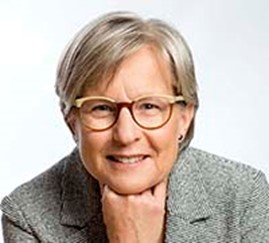 While the type and scale of disasters are many and varied there is a constant inevitability, both within Australia and globally, that not everyone will be affected in the same way. Health, wellbeing, finances, connection to community, experience, knowledge and ability to access support all influence how people prepare and recover. Many people do not have the resources to prepare and build resilience, and are unable to afford the cost of recovery.
While the type and scale of disasters are many and varied there is a constant inevitability, both within Australia and globally, that not everyone will be affected in the same way. Health, wellbeing, finances, connection to community, experience, knowledge and ability to access support all influence how people prepare and recover. Many people do not have the resources to prepare and build resilience, and are unable to afford the cost of recovery.
There are many different people who may fall into this situation. Depending upon their ability to cope they can include children, the elderly, women, people with a disability, people with acute and chronic health conditions, newly arrived migrants, people experiencing homelessness and people on low incomes. The success of the Diversity in Disaster Conference, attended by 300 people in Melbourne in April 2018, is a testament to the growing interest in this topic that, until recently, has been largely invisible.
Our sector has had a tendency to label everyone in these groups as vulnerable. But it’s more complex than that, and more helpful to focus on what contributes to people being at risk, as highlighted by a number of the papers in this edition.
Rather than generalising, we need to talk less and listen more; giving people the dignity to articulate their priorities. Support agencies, such as emergency services, local government or community groups should be led by the beliefs, values and motives of the communities they serve in developing robust recovery programs.
Listening well and deeply allows individuals to open up about their strengths as well as their vulnerabilities. It encourages thinking about the ways that challenges and solutions are perceived subjectively by people in crises. It means not limiting our interest to those areas where our agency or organisation has a predetermined agenda of services to offer.
We also know communities that support each other bounce back better. Communities who have hope for the future and confidence in their own abilities to influence change are able to build a foundation for sustainable livelihoods and wellbeing. Individuals, agencies and others can do their best to help bring hope, but must respect the community as its source.
An approach that focuses on people’s strengths and fosters a sense of community through the development of social capital will ensure that people look out for one another all the time including during times of disaster and that those most at risk aren’t forgotten.
I hope you find the articles in this edition of the Australian Journal of Emergency Management both interesting and challenging as we continue our commitment to shared responsibility in developing resilience.
Judy Slatyer
Chief Executive Officer, Australian Red Cross


